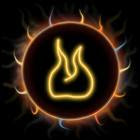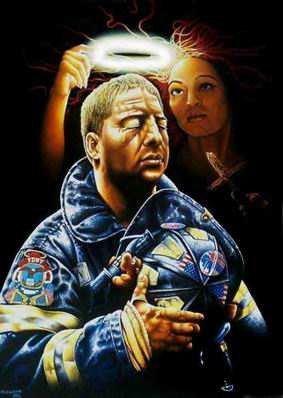Fighting fires is a life-threatening job. That is why training is a big part of the paid and volunteer firefighter’s
job. Firefighters train by learning the basics of fighting fires and by learning how to put out fires in actual buildings.
By learning to fight real fires in a controlled burn situation, both trainees and veterans alike learn what to expect in an
actual fire emergency. Some hazards aren’t what people expect when they think of your typical firefighter's job description.
Many fire departments respond to chemical spills on the highway, traffic accidents, riots, coalmine collapses, aviation accidents
and more.
Accident Hazards
Accident hazards are ones that are common for any firefighter during the course of duty. These include: Inhalation of
superheated air Falling from heights due to collapsing buildings Interruption of a fresh air supply during rescue operations
Injuries due to explosions Injuries from glass, metal, wood or liquids during a rescue
Physical Hazards
Physical hazards are hard to prevent during the course of a rescue. The right protective equipment can help protect a
firefighter, but some physical hazards are hard to eliminate or predict. Flashovers or injuries from back drafts Burns Exposure
to loud noises Exposure to cold during the winter or in maritime rescues
Chemical Hazards
Firefighters are exposed to chemical hazards when there are chemical spills on the roadways, when trains derail or even
when a factory catches on fire. Common chemical firefighter hazards they face include the following: Inadequate fresh air
to breathe Exposure to chemicals during a rescue Inhalation of chemical vapors Exposure to large quantities of carbon monoxide
Biological Hazards
While less common in the course of a fire fighters duty, they are trained to deal with biological hazards. A biological
hazard includes exposure to communicable diseases and rescue work in the event of a dirty bomb explosion.
Ergonomic and Psychosocial Hazards
Working as a fire fighter can cause stress, even in a seasoned veteran. Typical emotional problems include Post Traumatic
Stress (PTS) and depression. Ergonomic firefighter hazards are related to overexertion of muscles during the course of duty.
This can be related to moving heavy objects during a rescue or by wearing protective equipment, which can be very heavy.
Hazard Prevention
Every fire department wants to keep their fire fighters in peak physical and emotional condition. The rigors of the job
demand this of everyone, no matter what shift they work on. Prevention measures are constantly evolving, but some are standard
no matter where a firefighter works. Use the right equipment when using ladders, including a ladder hook
- Wearing all of the right protective equipment, every time
- Always wear the right restraining devices Wear the right protective clothing for the hazard Use personal alert systems
during a rescue Rotate fire fighters to prevent over exertion Seek counseling when needed after a rescue
Hazard Management

